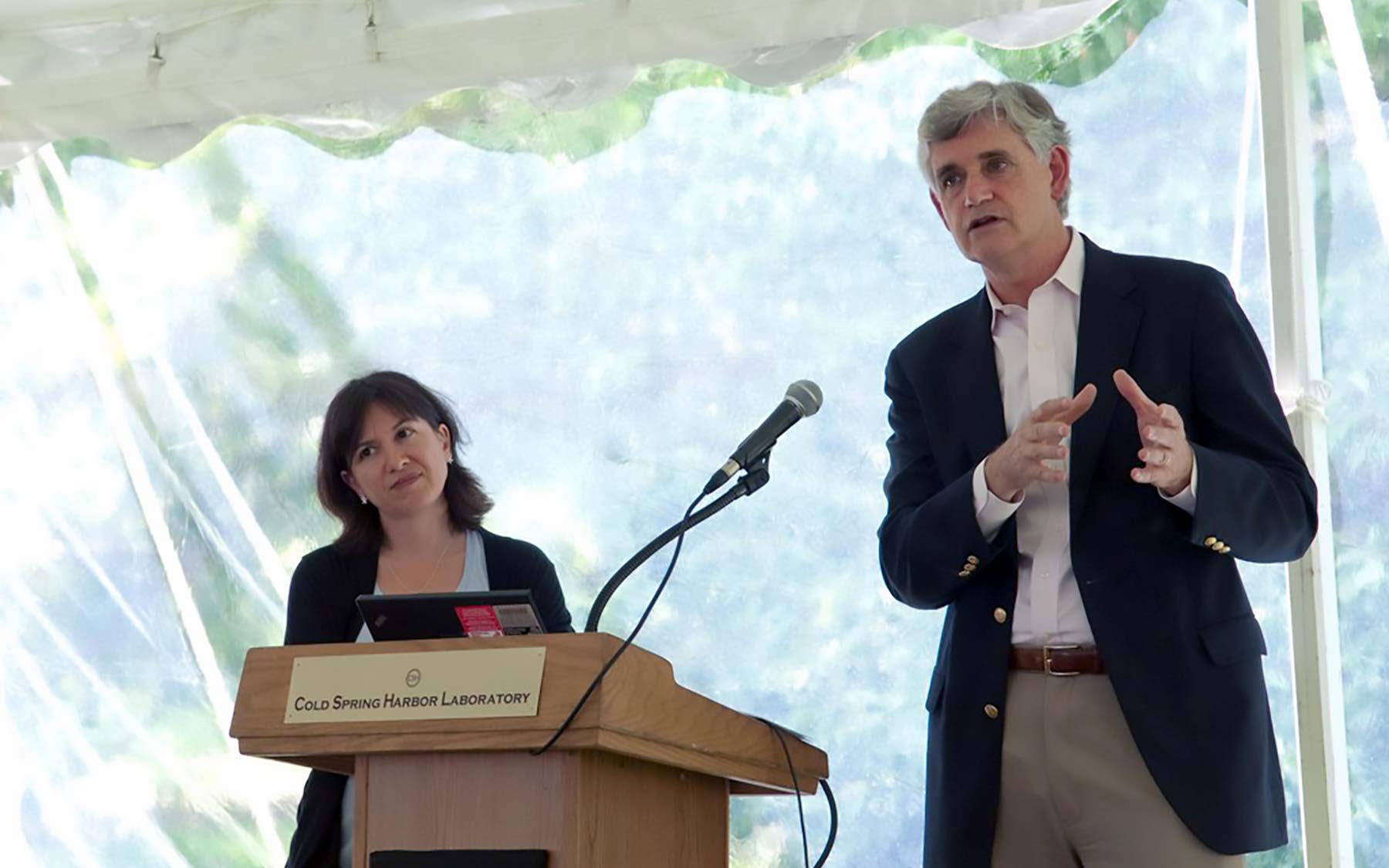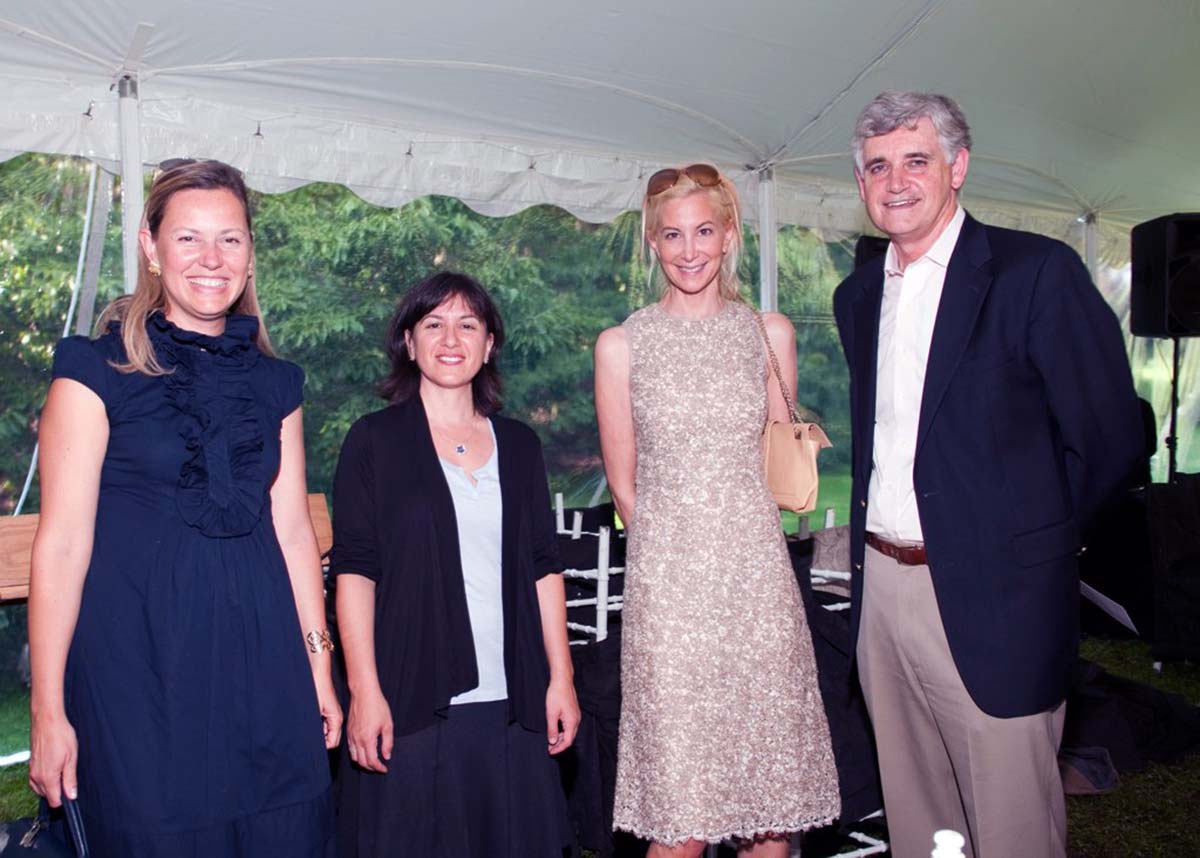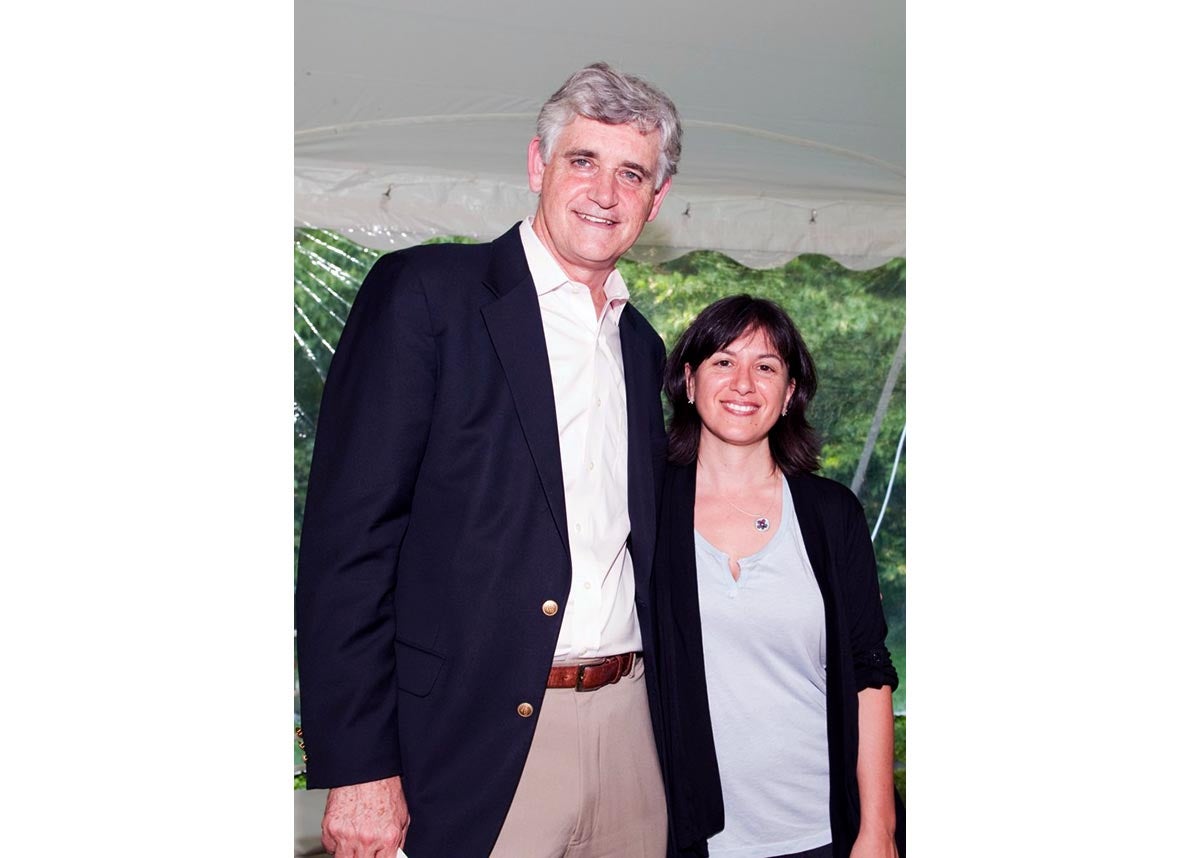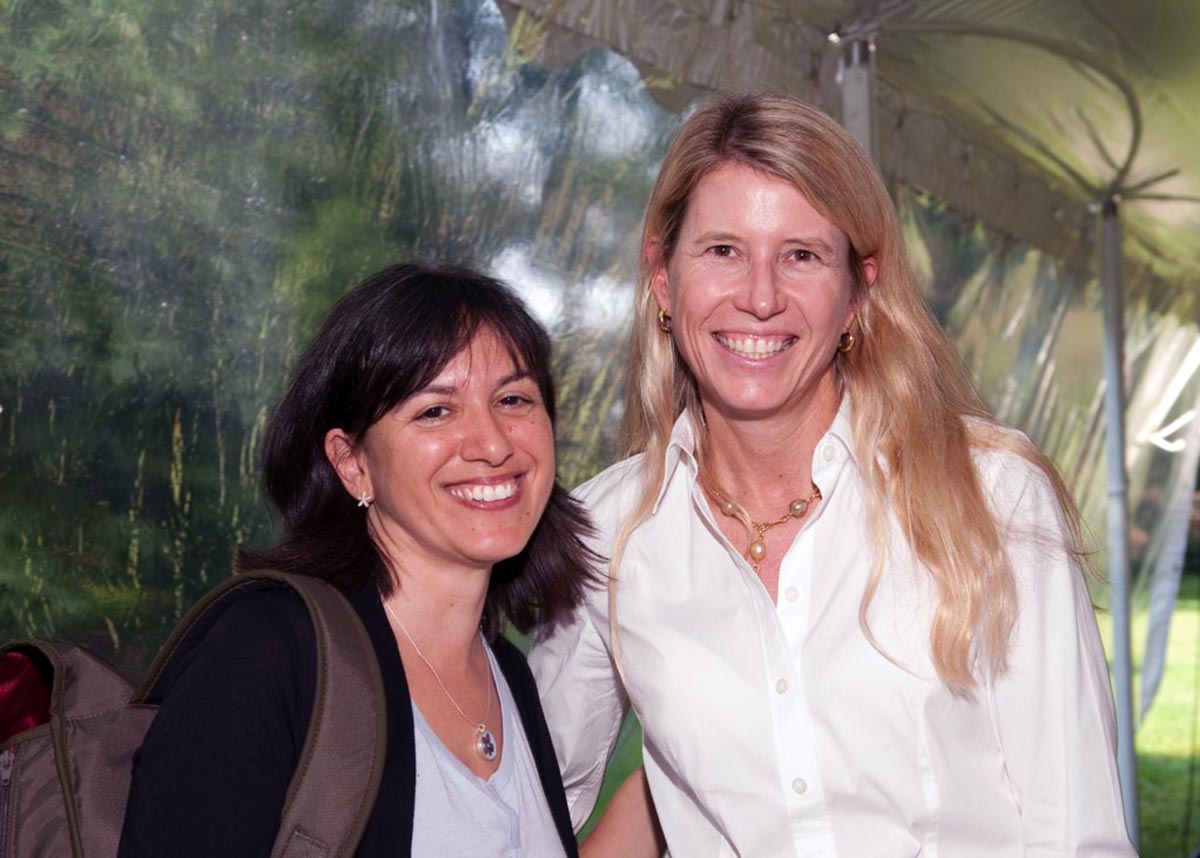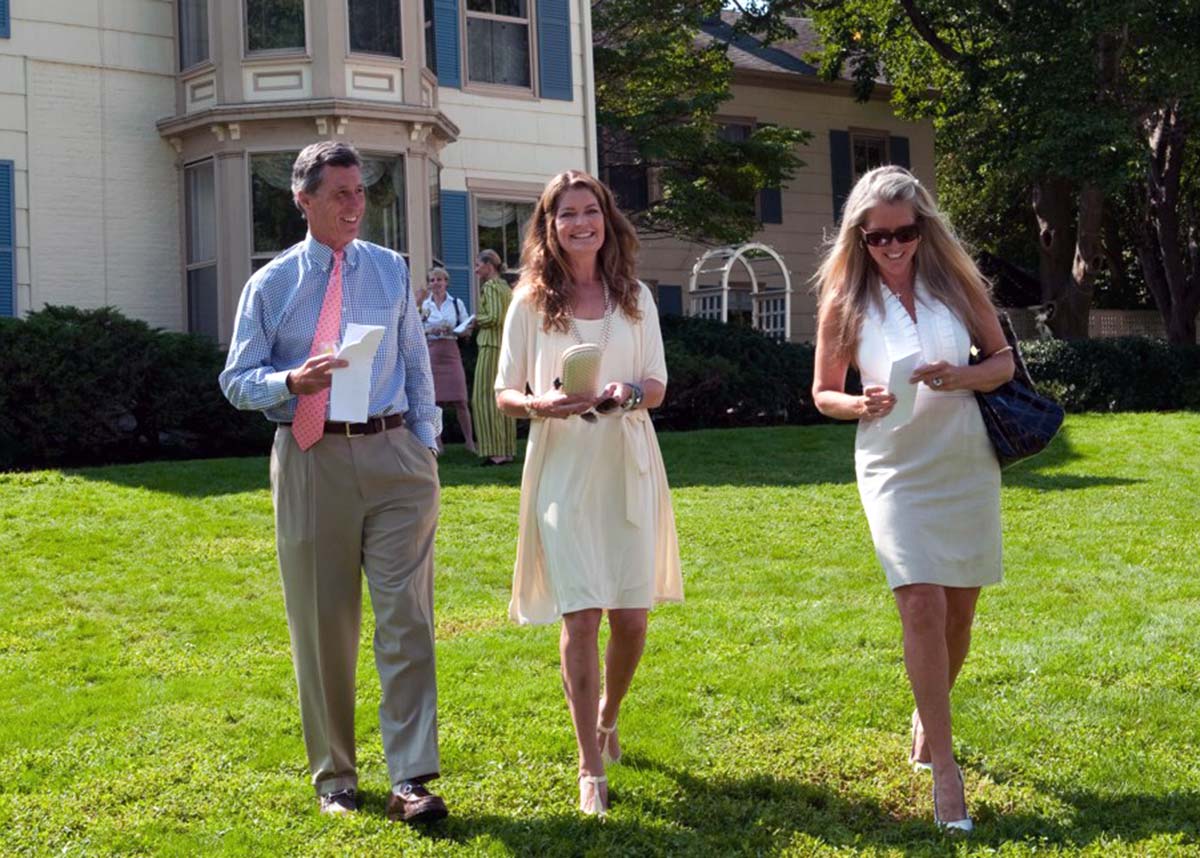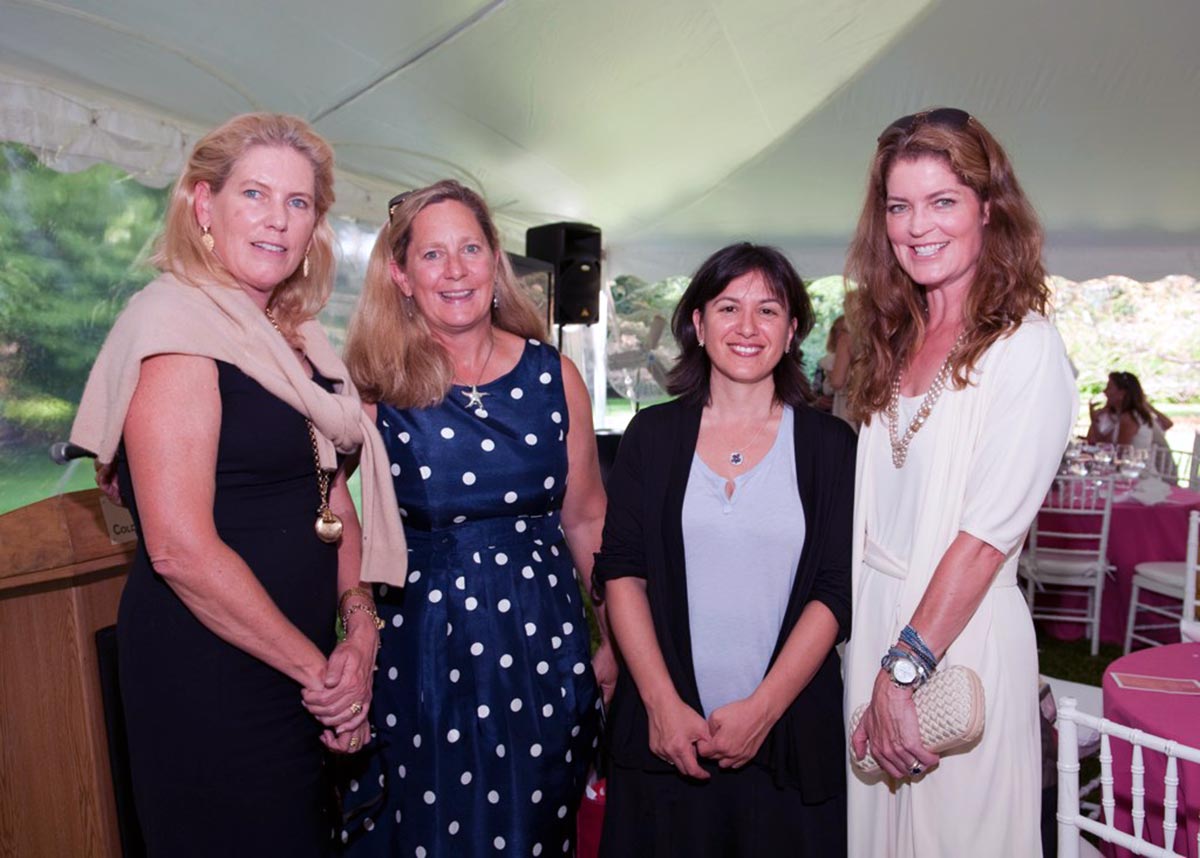Tenth annual “Women’s Partnership for Science” lecture and luncheon held at Cold Spring Harbor Laboratory; features Pulitzer Prize winner, Amy Harmon
Cold Spring Harbor, NY — On September 13, Cold Spring Harbor Laboratory (CSHL) held its tenth annual “Women’s Partnership for Science” lecture and luncheon, an event that has become a summer staple among New York’s female philanthropists.
An annual event that was started in 2002, the Partnership brings together prominent women from New York society to support, promote and celebrate women pursuing careers in biomedical research at CSHL. Over the last decade, the Partnership has raised nearly $700,000 to help support the Laboratory’s cutting edge research into the genetic causes of cancer and neuropsychiatric disorders, as well as CSHL’s world-class educational programs.
This year’s luncheon drew nearly 150 women who gathered on the scenic lawn of Airslie House, home of CSHL President Dr. Bruce Stillman. Many attendees are residents of Manhattan and Cold Spring Harbor where the Laboratory is located, but the guest list also included those who made their way here from across the NY metropolitan area.
The luncheon featured an informative and thought-provoking lecture from Pulitzer Prize-winning author, Amy Harmon, titled “Targeting Cancer: A Dose of Hope.” Ms. Harmon is a New York Times national correspondent who covers the impact of science and technology on American life. Luncheon guests were also treated to a bit of a scoop when Dr. Stillman announced that Ms. Harmon had just won the prestigious Communication Award from the National Academies of Science, for excellence in science communication to the public, for her “Target Cancer” series of articles in the New York Times.
Ms. Harmon discussed the growing promise of what some call a “DNA diagnosis” for treating cancer, and described stories gathered during a year while following the researchers, clinicians and patients who were part of the tests for one of the first drugs to be tailored to the genetics of an individual’s tumor. “By describing the roller-coaster ride of advances and setbacks they faced, I hope to give you all insight into one small but significant victory in the war against cancer, and an approach that many believe will lead to much greater ones,” she said.
Ms. Harmon’s talk was especially timely in the light of CSHL’s new Cancer Therapeutics Initiative. This initiative aims to rapidly identify new therapeutic targets and validate them using pre-clinical models in the laboratory, ultimately increasing the success rate of drugs that eventually enter into clinical trials.
The event was co-chaired by Elizabeth Ainslie, Gabrielle Bacon, Kristina Perkin Davison, Cosby George, Blair Husain, Kinga Lampert, Simone Mailman, Cristina Mariani-May, Jamie C. Nicholls, Louise M. Parent, Mary Snow and Lara Trafelet.
Banfi Vintners generously donated the wine, and gift bags were provided by La Mer—Saks Fifth Avenue, Huntington.
Elizabeth Ainslie, Robert de Rothschild, Suzanne DiMaio, Cosby George, Dr. Nancy Lippman Israeli, Virginia Knott, Simone Mailman, Cristina Mariani-May, Louise Parent, Dr. Marilyn Simons, Pearl F. Staller and Sandy Tytel underwrote the luncheon.
Written by: Communications Department | publicaffairs@cshl.edu | 516-367-8455
